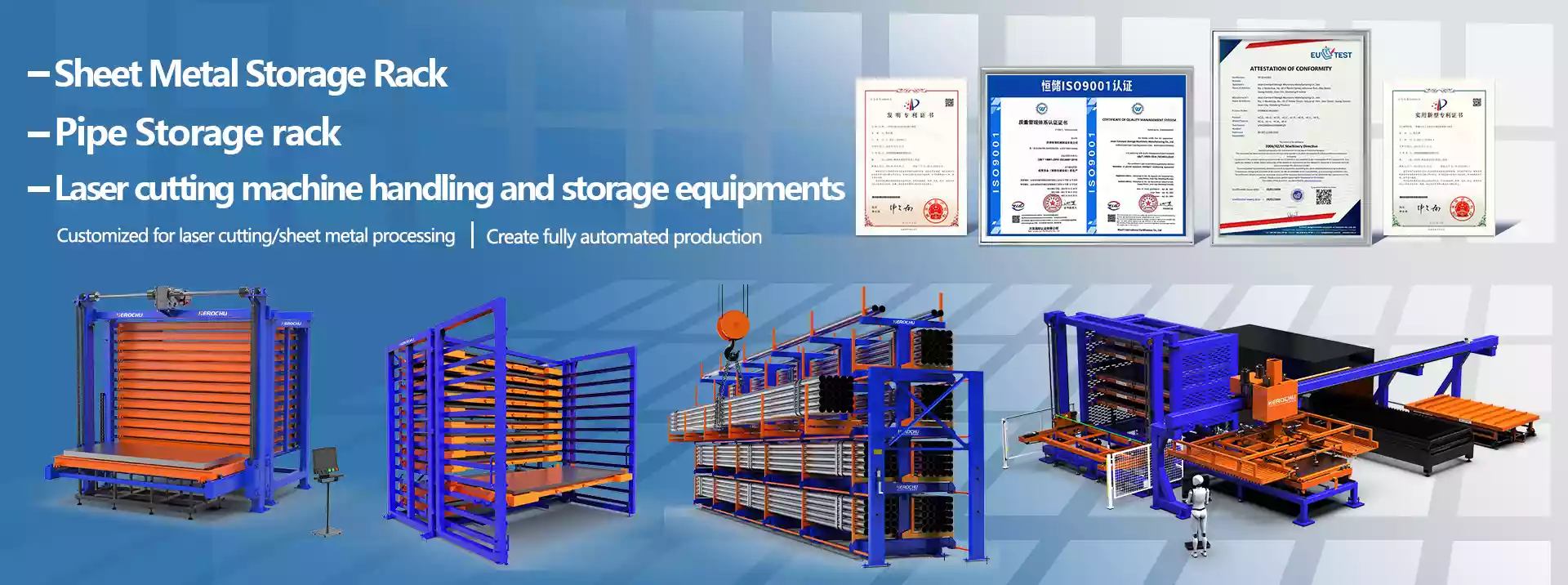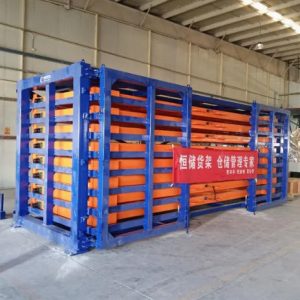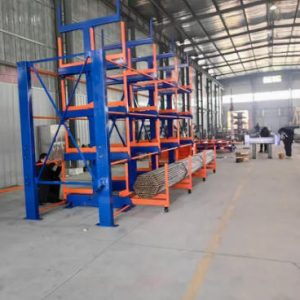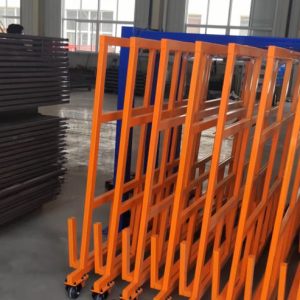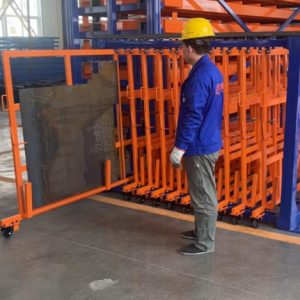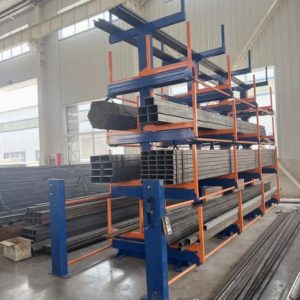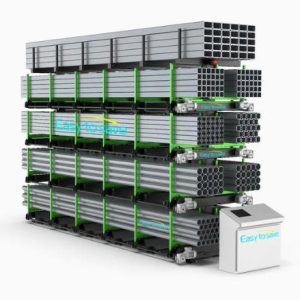Safer Material Handling: Minimize Risk with Engineered Pallet Racking
Herochu Sheet-Steel Storage Rack | CE, UE, ISO 9001 | From USD 4,899
Every metal-working plant keeps a quiet scoreboard: near-misses per month, lost-time days, insurance renewals. Floor-stacked sheet looks innocent until the tally climbs. Herochu’s drawer-style pallet racking rewrites the score by removing the moves that create injuries in the first place. No extra training, no extra staff—just a mechanical redesign that brings the material to the person instead of the person to the material.
The injury pattern is predictable. An operator walks up to a 5 t pile, realises the needed sheet is third from the bottom, hooks the top layers with a crane, swings them aside, and hopes they don’t slide. Gravity never sleeps; one shifted sheet equals crushed toes, twisted backs, or worse. These events are logged as accidents, but they are engineered-in hazards. The fix is to eliminate the re-stack motion entirely.
Herochu drawers do exactly that. Each level is a full-extension carriage rated at 3 t. Pull the ergonomically geared crank or push the wireless extend button and the drawer glides out 900 mm, stops, and locks. The sheet you need is now hovering at knee height under the overhead crane hook path. No climbing, no prying, no guessing. The dangerous choreography disappears and with it the largest single cause of plate-handling injuries.
Back strain is the next line item. Manually separating 25 kg plates sounds trivial until you multiply by 200 cycles a shift. Our crank multiplies input force 60:1; a 12 kg pull rolls 3 000 kg smoothly. One operator can safely handle weights that used to require three people and a shouted count-down. Communication errors—and the crushed fingers that follow—drop to zero.
Trip hazards vanish the moment steel leaves the floor. A vertical tower 3 m wide and 6 m high stores 40 t of mixed thicknesses that once covered 80 m² of concrete. Walkways open, forklift sight-lines improve, and the facility passes safety audits without last-minute scrambling. One Dutch fabricator measured a 73 % reduction in slip-and-fall reports the year after install; the insurance adjuster lowered the risk category and rebated €18 000 on the annual premium—money that now funds a new press-brake.
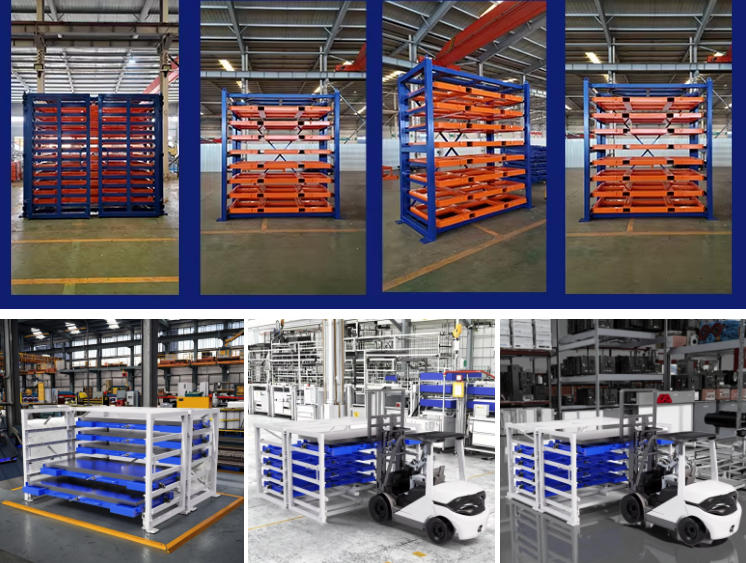
Crush protection is baked into the mechanics. A sealed 20MnCr5 rack and pinion holds the load in both directions; the handle cannot spin backward even if someone leans on the drawer. An automotive-style overload clutch slips at 110 % rated torque, preventing broken teeth and sudden drops. Optional photocell curtains halt travel when a foot enters the 500 mm warning zone. These are not add-on guards; they are part of the structure, so they cannot be removed when production pressure rises.
The rack also protects the product. Sheets lifted from a flat drawer suffer no fork-truck scratches, eliminating the 2–3 % repaint or scrap rate common with floor storage. At €650 per tonne for prime plate, a 50 t weekly throughput saves €32 500 per year in material alone—enough to pay for the rack in eight months, after which the savings drop straight to EBIT.
Capacity is modular. Starter bays are 2 m, 2.5 m, or 3 m wide; drawers can be 400, 550, or 700 mm high. Mix thin aluminium flanges with 40 mm wear plate in the same tower. Total heights range from 2.5 m to 6 m, letting you clear existing cranes or mezzanine lights. Load ratings scale from 1 t to 3 t per drawer and up to 45 t per bay, so you size once and expand later by adding bays without replacing the first dollar you spent.
Installation respects uptime. Columns bolt to 20 mm base plates; anchor force is 18 kN, lower than a forklift wheel load. A six-drawer section ships pre-assembled, fits through a standard 3 m doorway, and stands upright in 30 minutes. No hot work permits, no fumes, no fire watch. Most facilities have steel off the floor and the first laser running the same shift the rack arrives.

Maintenance is a single-page checklist. Bearings are sealed for life; gearbox oil is checked annually; the hand-crank receives two shots of grease every quarter. Expected life is 20 000 cycles—12 years on a single shift—after which the frame can be re-certified for a second decade. Spare parts fit in a shoebox and ship in 48 hours.
ROI numbers come from real ledgers, not brochures. Italian job-shop, 2023: 18 t plate per day, 220 laser days per year. Floor stacking caused 2.3 % handling scrap and 28 minutes average retrieval time. After three Herochu towers retrieval fell to 2.5 minutes and scrap dropped to 0.4 %. Annual material saved: 37 t × €650 = €24 050. Labour freed: 1.2 FTE re-assigned to value-added work, €42 000 wages saved. Total first-year benefit €66 050; payback 8.9 months.
The scoreboard never lies. Injuries down, rent saved, laser beam earning instead of waiting, auditors smiling. Engineered pallet racking is not a cost; it is the fastest depreciating insurance policy you will ever buy. Replace the hazard with a handle and let the crane do the heavy lifting while your people walk home in the same condition they arrived.
